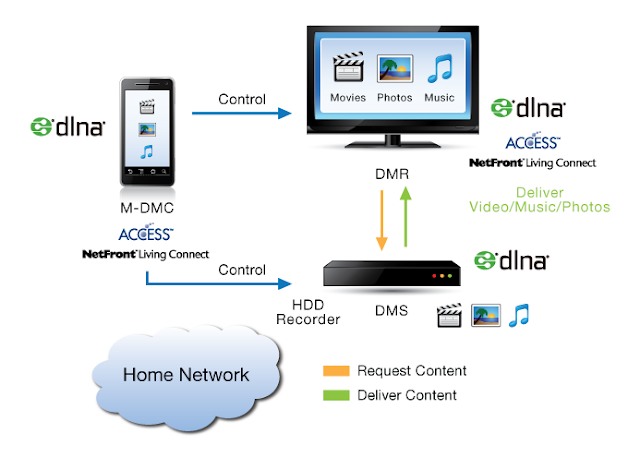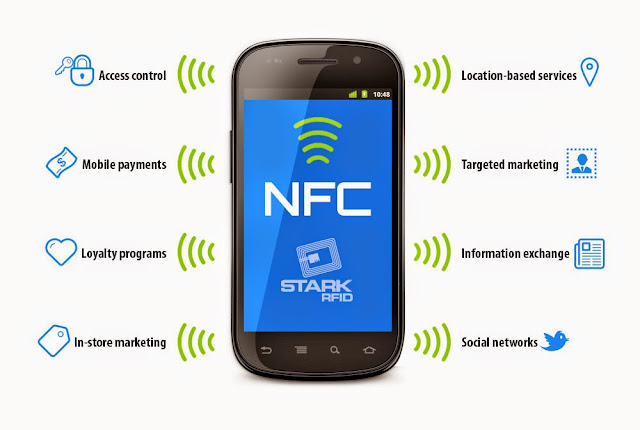RAID Technology
What is RAID Technology?

ORGANIZATION OF RAID STORAGE
The organization of the data into independent disk or array can be done through a few methods: striping, mirroring, parity, or combining all of them. Here we discuss these methods in brief.STRIPING: In this technique data is split-ted across various disk available. Data is spread across two or more disks and hence when necessary it is combined and read as single disk data. RAID 0 is formed through striping. Continuous read-write operations take place in this process.
MIRRORING : This is the technique in which replication of identical copies of data is stored in RAID disks. This upgrades the performance and also increases the life of the disks.
PARITY: This is the way of storage by calculation of certain parity functions of each data block. If any failure of the drive takes place then the missing block is calculated by using certain checksum methods. This technique is also used for upgrading performance and increases the life of the disk.
CHARACTERISTICS OF RAID
Fault-Tolerance: RAID provides the ability to survive whenever any disk failure occurs.Performance: RAID upgrades the performance of disks by increasing the speed of the read-write operations in comparison to a single disk.
Capacity: This refers to the amount of the data that the user wants to write on the disk or array The capacity of an array refers to the RAID level. An online RAID calculator is used to calculate the capacity of the particular RAID type or the members of the disk.
RAID LEVELS:
RAID LEVEL 0
In RAID 0 data are split into different blocks that is written to disks or drives. RAID 0 is used to boost up the performance, as multiple disks provide better performance in comparison to single disk. One disadvantage of RAID 0 is that it is not fault-tolerant that means if one drive fails, all the stored data gets lost.Use
This technique is used in Linux as well as in windows. RAID 0 is used for storing the data in high speed. This technology is easy to implement and all storage capacity is used.
RAID LEVEL 1
Another term used for this is mirroring. Data is duplicated or replicated one copy of data is written in data drive and another copy of data is written in a mirror drive. If the drive fails, the data is recovered either from the mirror drive or the data drive. We need at least two drives for this technology. One major disadvantage of this technology is that storage capacity is only half of the total drive.Use
This is used for storage in accounting sections and small servers in which only two drives are used.
RAID LEVEL 10
This is formed by the combination of RAID 0 and RAID 1. It is beneficial since it mirrors all the data on secondary drives and strips across each set of drives and speeds up data transfers. One disadvantage of this is that it is an expensive method.Why RAID is not a reliable backup?
RAID provides redundancy but is not suitable for a proper backup and there is a huge difference between redundancy and backup. Redundancy protects us against hardware failure but not against any user error or malware or virus. Why we need backup, it's not because any physical media is lost or died it is because of corrupt data or error, and RAID does not provide any backup against several things.RAID doesn't protect any file from being deleted or being overwritten or corrupted. It doesn't protect us against any damage caused because of natural calamities. It doesn't save data in many other cases as well. Thus for more security, we need a reliable backup for our data rather than just depending on RAID.



Comments
Post a Comment